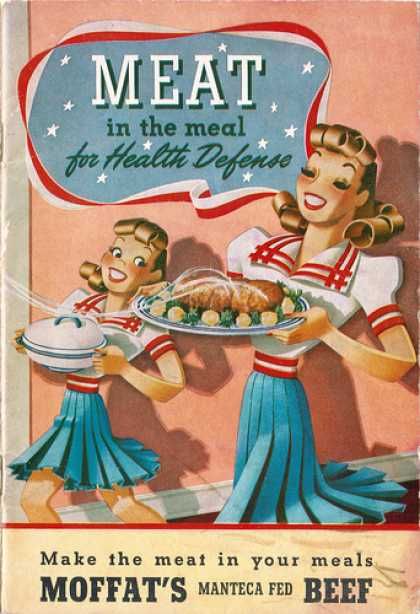 Listen
Listen
3 Almost Magical Headline Ingredients for More Traffic, Engagement, and Shares
Do you believe in magic? Okay, now that that’s stuck in your head…
Forget it! Marketing isn’t about magical solutions, and today’s Listen isn’t actually about anything magical. Sometimes, tried-and-true tips just work so well that, heck, they might as well be magic. But why let something else take the credit for your carefully crafted headline?
Regardless, the headline for today’s Listen does what headlines do best — incited intrigue. Without lying. (See: carefully placed “Almost.”)
For hard-hitting headlines, use the 3 “ingredients” below and your content could fly higher than a Pegacorn.
One big tip first: Write your headline first. Make your promise and then deliver on the promise. Once you’ve written your piece, go back and check if the promise in the headline is absolutely being delivered in the content.
- (05:45) #1: Include the benefits. How will they be different after they read your content?
- (06:27) You can achieve this with “How-to” headlines.
- (09:36) #2: Numbers (but be wearing of “listicles”). Specificity is compelling and weird numbers are interesting, plus it often makes a promise more concrete.
- (13:44) #3: Headline formulas/structures. Formulas, ironically enough, can help you vary your headline because there are so many different ones out there. But ask yourself, what is the formula conveying and why would it be good for your content?
- (15:45) The Secret of ___ (Baking a Cake that’s both Gorgeous and Delicious)
- Offer a benefit, provide confidence — it tastes good, it looks good, you’re gonna look good…
- Make sure the “secret” is actually not generally known.
- Understand why you’re using these ingredients and formulas.
HEY! Dig what you’re reading? Sign up for our marketing newsletter, and get the best marketing tips of the day.
 Read
Read
Everything You Need to Know About YouTube Advertising
Did you know: YouTube is the world’s 2nd largest search engine (behind Google). Why should you care? Because believe it or not, not all of those searchers are interested in cat videos. Some of them might be interested in your products (and if you sell cat products, that’s the perfect storm). The best part: you can target those users with ads in a ton of different ways.
If you haven’t given YouTube ads a try, today’s Read is here to change your mind. It’s a beast of a blog post so buckle up.
There are 6 different types of ads you can run on YouTube:
- In-Stream Ads — Skippable video ads that play before, during and after a YouTube video. Best part: advertisers only pay when someone watches the entirety of the ad, or 30-seconds, whatever comes first.
- Bumper Ads — Unskippable 6-second ads. Example from Old Spice.
- Non-Skippable Ads – These are 15 – 30 seconds, but you need a serious media buy to run these…like $30k serious. Here’s one that Geico ran.
- Display Ads — You probably know these already – just the traditional display ad.
- Overlay Ads — These ads appear directly over a video, at the bottom.
- Sponsored Cards — These are so, so dang good for ecomm right now. You can essentially run Shopping Ads next to the video that displays products showcased in the video.
Many of the targeting options are the same as Adwords, but there are some differences. You can target specific videos, specific channels, or specific topics. Remarketing videos are also really effective.
A few tools you can use to create your video ads…
- Shakr — A video ad builder with over 1,000 templates.
- YouTube Director App — Created by Google and also uses video templates to help you build video ads.
- YouTube Director Onsite — This is only available in 7 cities, but Google will straight up send a director to your business to film your ad. Best part: it’s free, as long as you agree to advertise on YouTube.
Whoa, that was a lot, but there’s still way more that we didn’t cover.
 Watch
Watch
Phone Home
In a series of PSAs-turned-dark-comedy-ads, Will Ferrell portrays the perils of phones at the dinner table. The ad spots, #DeviceFreeDinner by Common Sense Media, show a dad totally absorbed by his phone, only half-paying attention to his family. Hilarity ensues.
Role reversal is an effective ploy here to show that it’s the kids who know what to not to do during dinner. As “a movement for happier, healthier kids”, Common Sense Media is providing tips for a balanced digital life for the whole family.
“Never stop testing, and your advertising will never stop improving.”
David Ogilvy


